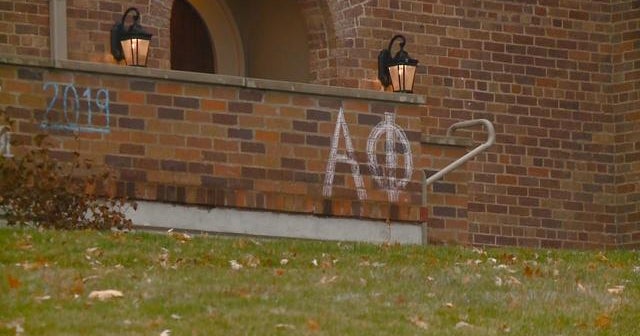Uncovering the Hidden Dangers: Milwaukee Schools and the Lead Paint Crisis
Milwaukee Public Schools (MPS) are grappling with a silent but deadly health hazard: lead paint contamination in aging school buildings. Recent inspections revealed that over 60% of district facilities contain deteriorating lead-based paint, exposing thousands of students to potential poisoning. With mounting evidence linking lead exposure to developmental delays and learning disabilities, parents and officials are demanding urgent action to address this decades-old threat.
The Scope of Milwaukee’s Lead Paint Problem
According to 2023 district reports, 78 out of 125 MPS buildings constructed before 1978—the year lead paint was banned—show significant lead paint deterioration. Testing conducted by the Wisconsin Department of Health Services found that:
- 32% of tested classrooms had lead dust levels exceeding federal safety standards
- Playground equipment in 15 schools contained lead concentrations above 5,000 parts per million
- Window sills and door frames posed the highest risk due to friction-based lead dust generation
Dr. Elena Rodriguez, a pediatric toxicologist at Children’s Wisconsin, warns: “Even low-level lead exposure can cause irreversible neurological damage. Children under six are particularly vulnerable as their developing brains absorb lead at 4-5 times the rate of adults.”
Why Lead Paint Persists in Urban School Districts
Milwaukee’s crisis mirrors challenges faced by other Rust Belt cities with aging infrastructure. A 2022 Brookings Institution study identified three key factors:
- Deferred maintenance: Budget shortfalls have delayed critical renovations for decades
- Inconsistent testing protocols: Wisconsin only requires lead paint inspections during major renovations
- Workforce gaps: The city has just 12 certified lead abatement contractors for 1,200+ public buildings
School board member Tanya Williams acknowledges the systemic failures: “We’ve prioritized visible upgrades over invisible hazards. That calculus must change—our children’s futures depend on it.”
The Health Impacts Hiding in Plain Sight
New research from Marquette University links Milwaukee’s lead exposure to alarming trends:
- Students in lead-affected schools score 11% lower on standardized reading tests
- Special education referrals are 2.3 times higher in buildings with lead hazards
- Behavioral incidents increase by 18% when lead dust levels exceed EPA thresholds
These findings align with CDC data showing no safe blood lead level in children. Yet Wisconsin’s intervention threshold remains at 5 micrograms per deciliter—twice California’s standard.
Barriers to Effective Lead Abatement
While the district allocated $12 million for lead remediation in 2024, challenges persist:
- Testing delays: Comprehensive inspections take 6-8 weeks per building
- Relocation logistics: Temporary classroom setups cost $150,000 per school
- Community distrust: Some parents accuse officials of downplaying risks
Construction manager David Chen explains: “Lead abatement isn’t like fixing a leaky roof. You’re dealing with toxic material that requires containment protocols and specialized disposal.”
Pathways to Safer Schools
Other cities offer potential solutions. After Baltimore’s 2019 lead paint lawsuit, Maryland implemented:
- Annual mandatory testing in all pre-1980 schools
- Parent-accessible online dashboards showing remediation progress
- State-funded lead screening clinics at affected schools
Milwaukee activists are pushing for similar measures through the Safe Schools Initiative, which has collected 5,000 signatures demanding faster action.
What Parents and Community Members Can Do
While systemic change takes time, experts recommend:
- Request free blood lead tests through the Milwaukee Health Department
- Attend school board meetings (second Tuesday each month)
- Support Wisconsin Assembly Bill 642, which would lower intervention thresholds
The road to lead-free schools will be long and costly, but as school nurse Alicia Johnson puts it: “We’re not just maintaining buildings—we’re safeguarding childhoods. That’s worth every penny and every effort.” For updates on remediation schedules and testing results, visit the MPS Facilities Portal.
See more TED Talks World



